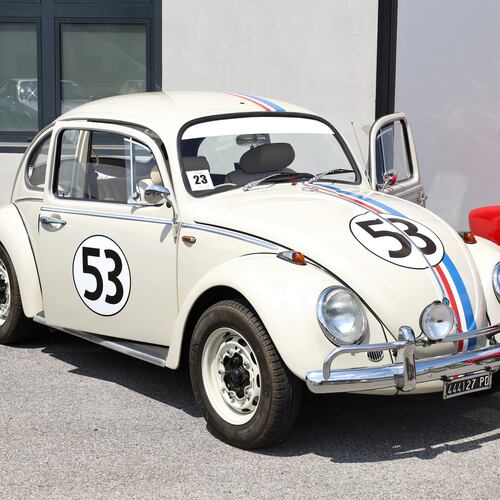Coca-Cola Enterprises had few attractive options as members of the board of directors last winter pondered the prospect of selling key parts of the soda-bottling business to Coca-Cola Co.
CCE, codenamed “Crystal” in secret presentations for a committee of directors, had a “limited ability” to pursue alternatives such as diversifying its products, acquiring regional bottlers, merging with a peer bottler or selling itself entirely, investment bank Greenhill & Co. told the board.
Meanwhile, Coca-Cola, codenamed “Cobalt” in the briefing materials, wasn’t interested in buying CCE as a whole, including its European operations. It only wanted the North American operations that are the core of CCE’s bottling empire.
And PepsiCo was already moving to buy its bottlers, raising the specter that doing nothing would give the archrival important advantages in drink distribution and pricing.
Regulatory documents filed this week shed new light on how Coke’s $12.4 billion deal for CCE’s North American operations took shape. The buyout, expected to close by year’s end if shareholders and regulators sign off, was announced in February.
Talks between Coca-Cola Co. and its main bottler stretched back to late 2008, when executives talked in general terms about the possibility of Coca-Cola taking over bottling operations in North America, the filings show. Discussions proceeded haltingly, petering out in early 2009 before restarting over the summer. They broke down in September over the purchase price, before CCE came up with a plan that formed the basis for an eventual deal.
The final push began in December and involved a whirlwind series of meetings involving lawyers, investment bankers, executives and board members.
The deal’s goal is to give Coke more control over distribution and new drink rollouts in North America, where soda sales are in decline. CCE, long joined at the hip with Coke as its biggest independent bottler, will remain in business as a European bottler. CCE shareholders will get one share of the Europe-focused company, plus a one-time, $10-a-share payout.
Just before the deal was announced, Greenhill warned CCE of the hazards of doing nothing. Softness in North American threatened Coke and CCE’s core market, it said. The threat of taxes in sugared drinks could become real. European growth might not last. PepsiCo’s move to buy its bottlers would give the rival a big head start on cutting costs and, possibly, prices.
In one document, CCE said its Affiliated Transaction Committee -- a group of independent directors that oversees significant issues related to CCE’s relationship with Coca-Cola -- believes the deal is fair for shareholders because of promising trends in the Western Europe nonalcoholic beverage industry.
One key date was April 20, 2009, when PepsiCo announced it planned to acquire its two main bottlers. That day and the next, CCE’s board and its Affiliated Transaction Committee met in Atlanta for regularly-scheduled meetings. Among other things, they discussed “new competitive pressures.” At that time, the Affiliated Transaction Committee also discussed whether CCE could restart stalled talks with Coca-Cola about a possible large transaction.
On Sept. 5, Coca-Cola CEO Muhtar Kent and John Brock, his counterpart at CCE, talked briefly over the phone about their companies’ different views on the right financial value of a deal. The two CEOs agreed that the companies needed to resolve the matter promptly or end the discussions.
Discussions broke down in the last days of September when CCE’s board of directors unanimously rejected Coca-Cola’s proposal.
But by early December, executives from both companies were feeling each other out about resuming talks. Three days before Christmas, CCE made a new proposal that got an interested reception from Gary Fayard, Coca-Cola’s chief financial officer. In early January, company representatives met to hammer out a proposal that could be presented to each company’s CEO.
Within weeks, the companies had their deal.
About the Author
Keep Reading
The Latest
Featured

